Bonnets: A Bedtime Essential, Not a Daytime Accessory The Historical Role of Bonnets
This is a subtitle for your new post

Bonnets have a rich history, tracing their origins back to the 16th century when they were primarily used as a fashion accessory by women. Over time, their purpose evolved, and while they still held a place in fashion, bonnets became increasingly valued for their practicality. In earlier centuries, they served to protect women's hair from the elements and were a symbol of modesty. Today, the bonnet has evolved into a bedtime essential, offering a unique blend of heritage and functionality.
The Evolution to Bedtime
Transitioning from daywear to nightwear, bonnets have undergone significant changes. The modern bonnet, unlike its historical counterpart, is designed specifically to protect hair while sleeping. Made from materials like satin or silk, these bonnets reduce friction, preventing hair breakage and frizz. As hair care science advanced, the need for protective nightwear became more apparent, pushing the bonnet into the realm of bedtime essentials.
Why Bonnets are Essential for Hair Care
Bonnets have become a staple in hair care routines, particularly for those with curly, kinky, or coily hair textures. The smooth fabric minimizes friction against pillowcases, retaining moisture and preventing tangling. Unlike traditional cotton pillowcases that can dry out hair and cause breakage, satin or silk bonnets provide a gentle environment for hair, supporting healthy growth and maintaining styles longer.
The Misconception of Bonnets as Daywear
Despite their practicality in hair care, bonnets have sparked debate when worn outside the home. Some view them as inappropriate for daywear due to their association with nighttime routines and personal grooming. This perception stems from societal norms and expectations about public appearance. While bonnets are undeniably useful, they are traditionally seen as private, not public, attire.
The Cultural Significance of Bonnets
For many, bonnets carry cultural significance, deeply rooted in African and African-American communities. They are a symbol of identity and heritage, reflecting a long-standing tradition of hair care. While they are primarily used for night-time protection, the cultural importance of bonnets cannot be overlooked, as they represent a connection to ancestral practices and a commitment to maintaining hair health.
Addressing the Stigma
The stigma surrounding bonnets worn during the day can be challenging to navigate. However, it is essential to recognize that personal choice and comfort should lead the conversation. For some, wearing a bonnet outside is a statement of self-care and individuality. It's crucial to respect diverse preferences and understand that what might be considered unconventional by some is perfectly natural and comfortable for others.
Bonnets in the Fashion Industry
Interestingly, the fashion industry has taken note of the bonnet's growing popularity, incorporating them into stylish collections. Designers are reimagining bonnets with vibrant patterns and designs, making them more appealing for public wear. While traditionalists may hold onto the idea of bonnets as bedtime-only accessories, fashion innovators are challenging these boundaries, encouraging people to express their style freely.
Choosing the Right Bonnet
When selecting a bonnet, consider the material and fit. Satin and silk are preferred for their gentle properties on hair. The bonnet should fit snugly but comfortably, ensuring it stays in place throughout the night. Attention to detail, such as a secure elastic band or adjustable strap, can enhance comfort and effectiveness. Investing in a high-quality bonnet is a small but impactful step towards healthier hair.
The Future of Bonnets
As society continues to evolve, so too will the perception and use of bonnets. They may continue to transition from strictly nighttime wear to a versatile accessory that bridges practicality with personal expression. As awareness about hair care grows, the bonnet's role as an essential tool in maintaining hair health will likely become more widely recognized, further blurring the lines between its traditional uses and modern adaptations.
Conclusion: Embracing the Bonnet
Ultimately, bonnets are a testament to the balance between tradition and innovation. They remain an indispensable part of hair care, offering protection and style. Whether used exclusively for bedtime or embraced as a daytime accessory, the choice lies with the individual.


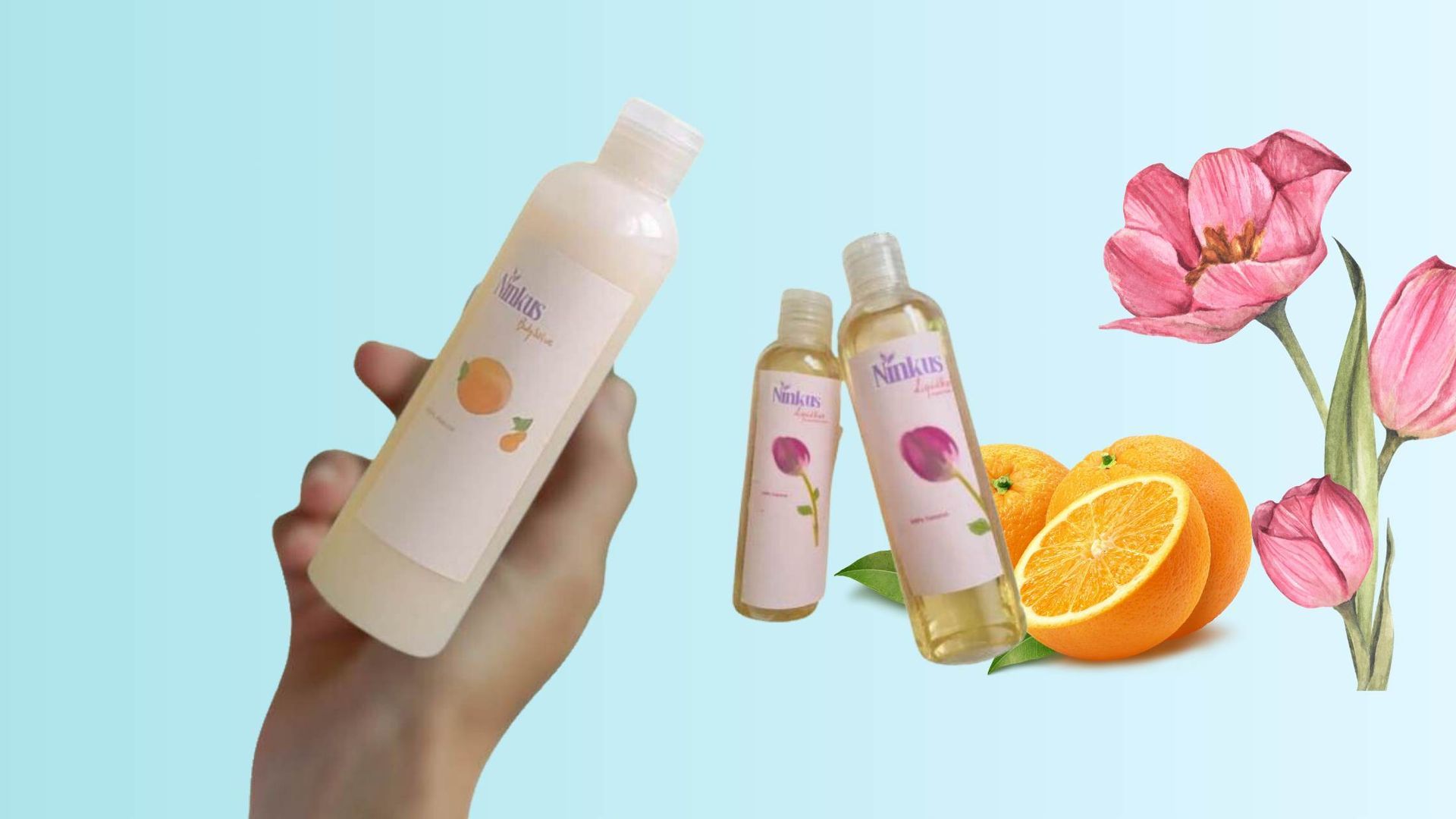
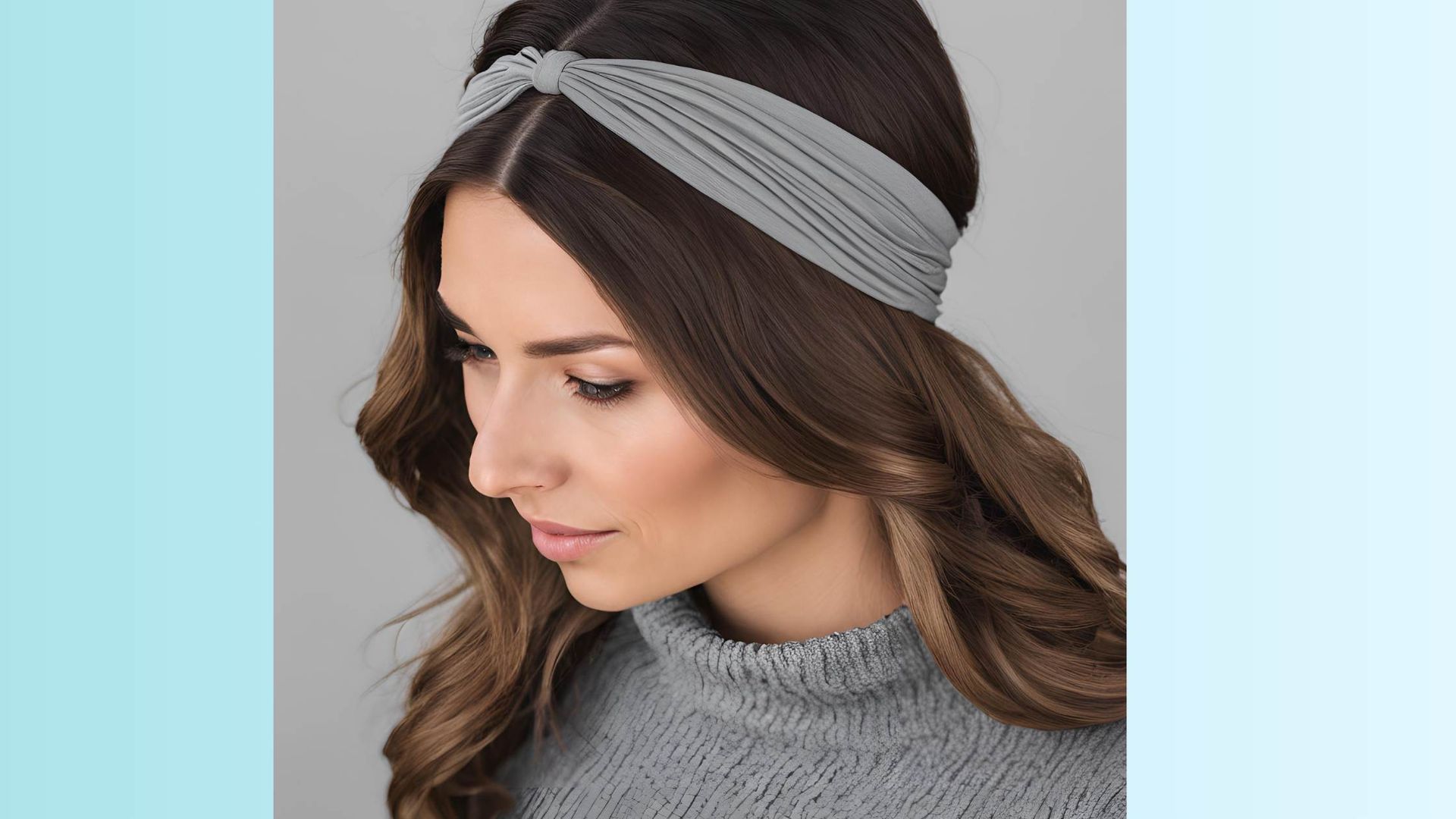
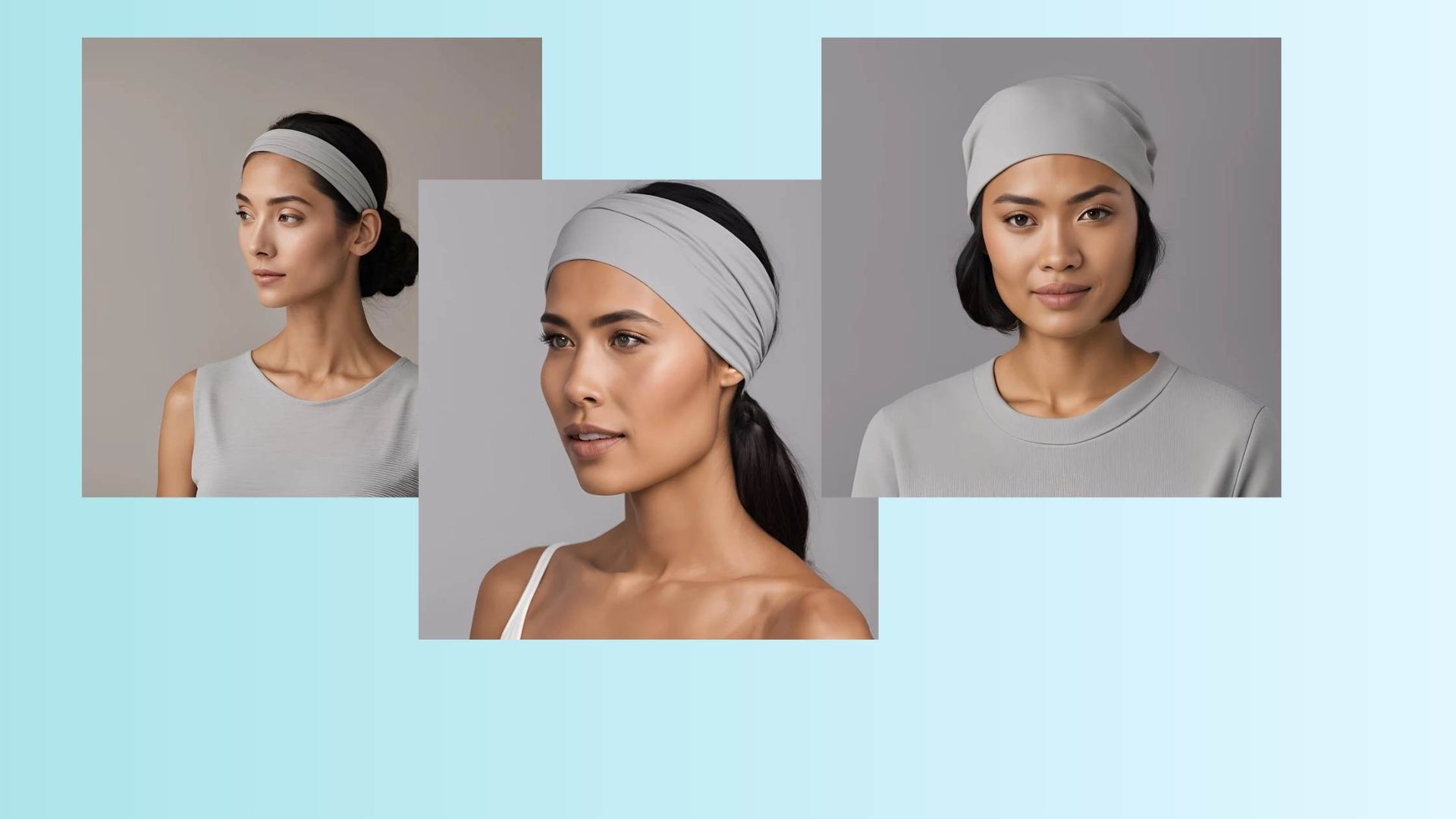

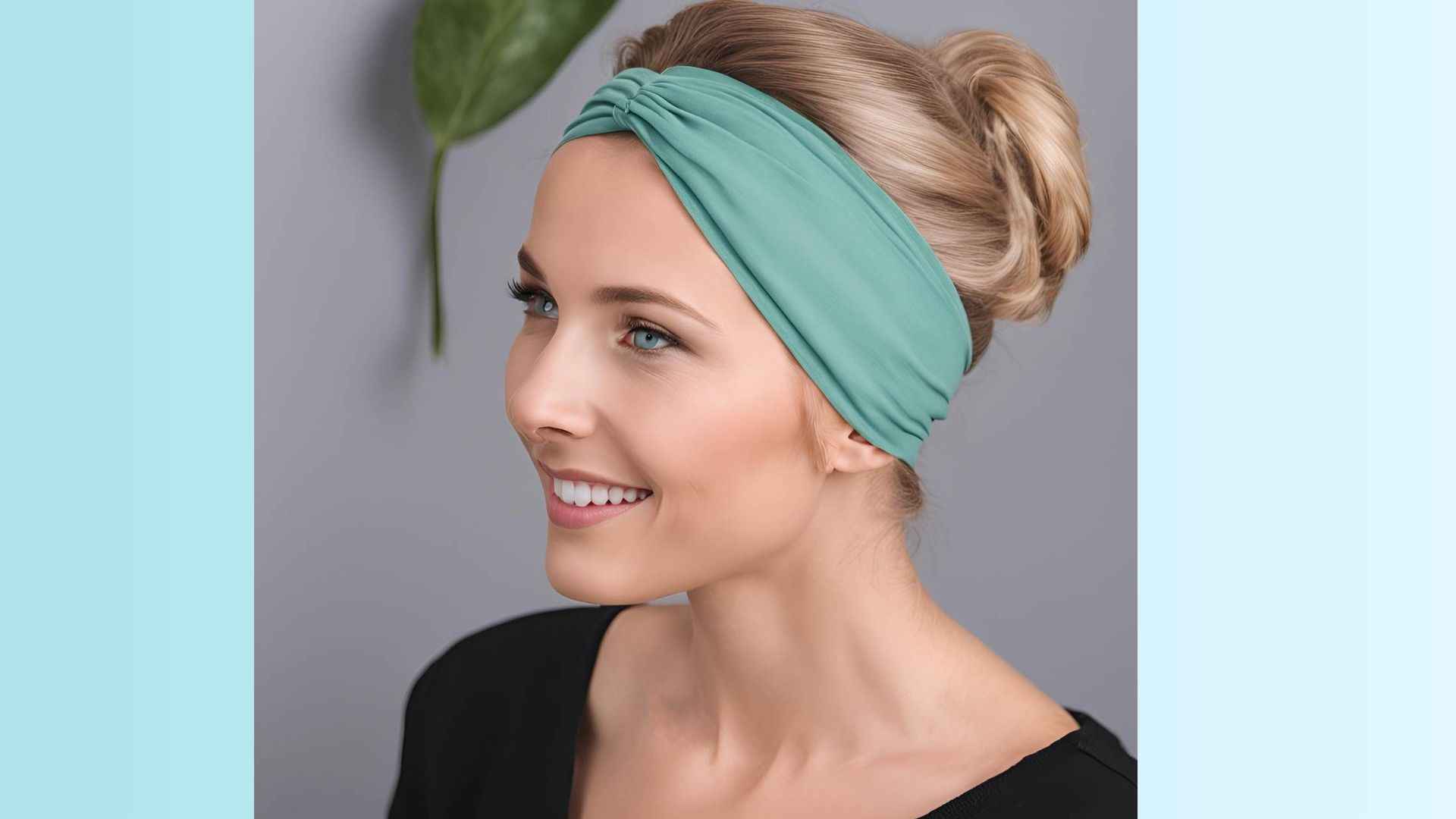
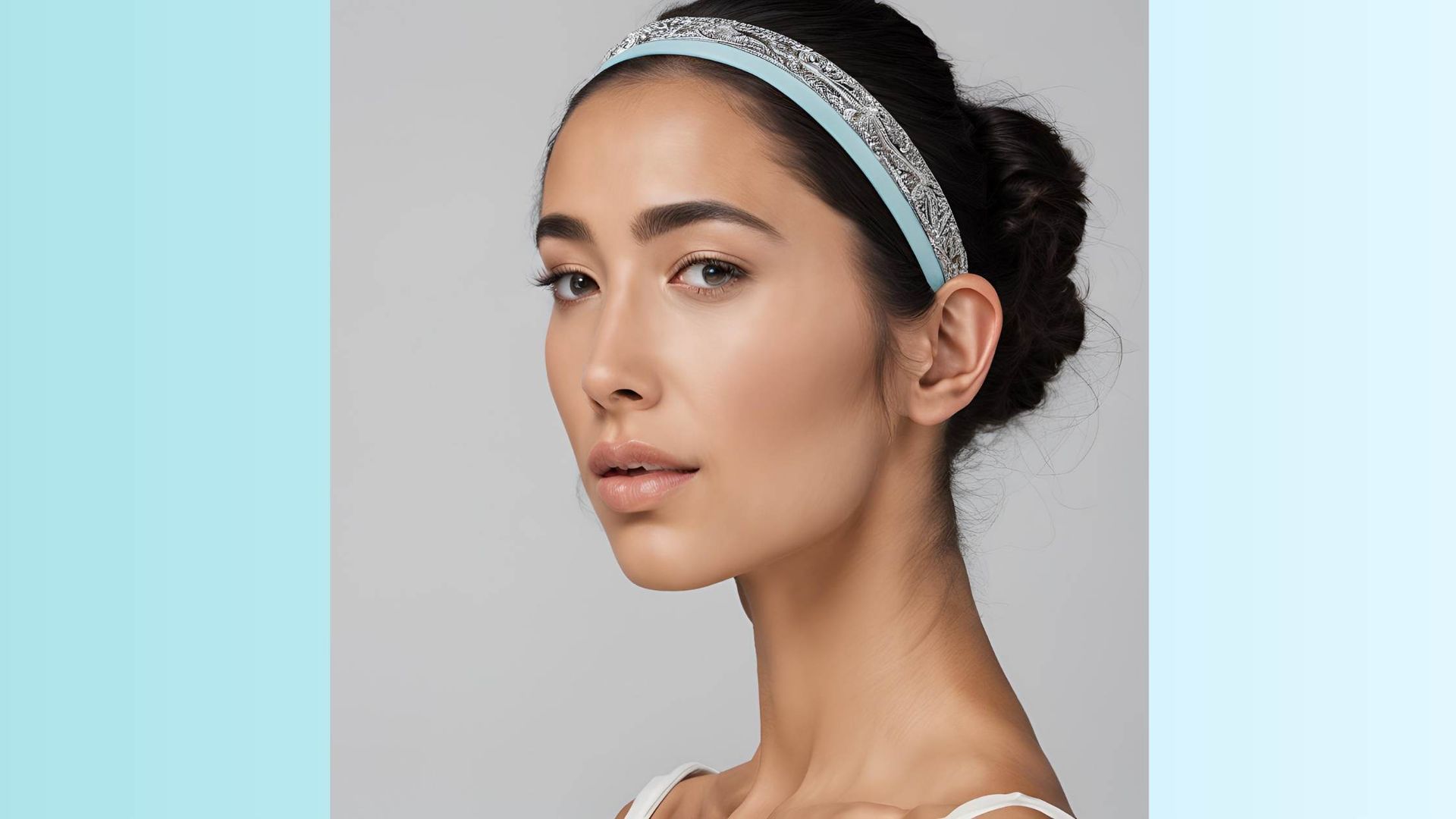
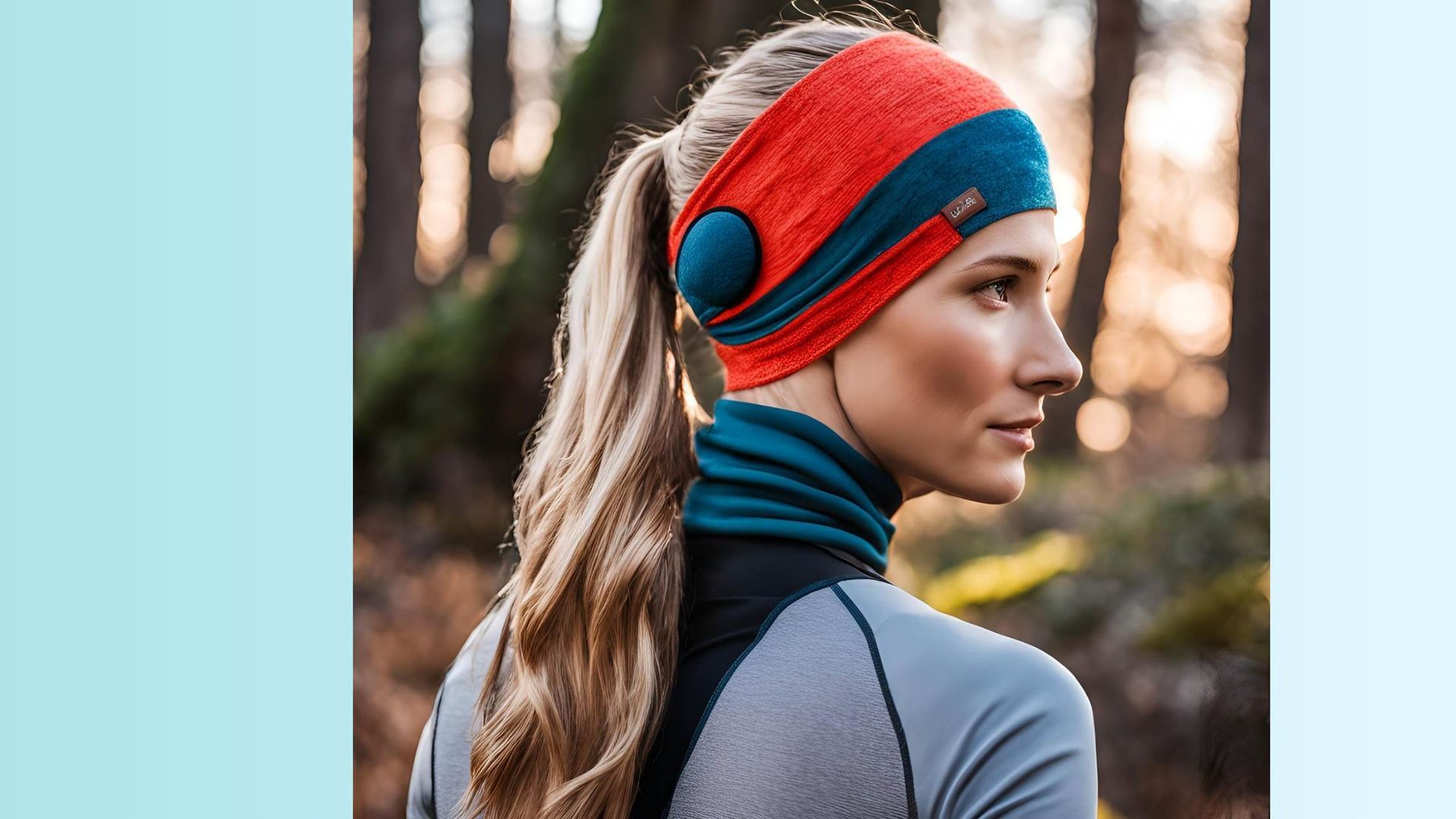
Business Hours
- Mon - Fri
- -
- Saturday
- -
- Sunday
- Closed
All Rights Reserved | Ninkus 2015 -2024


